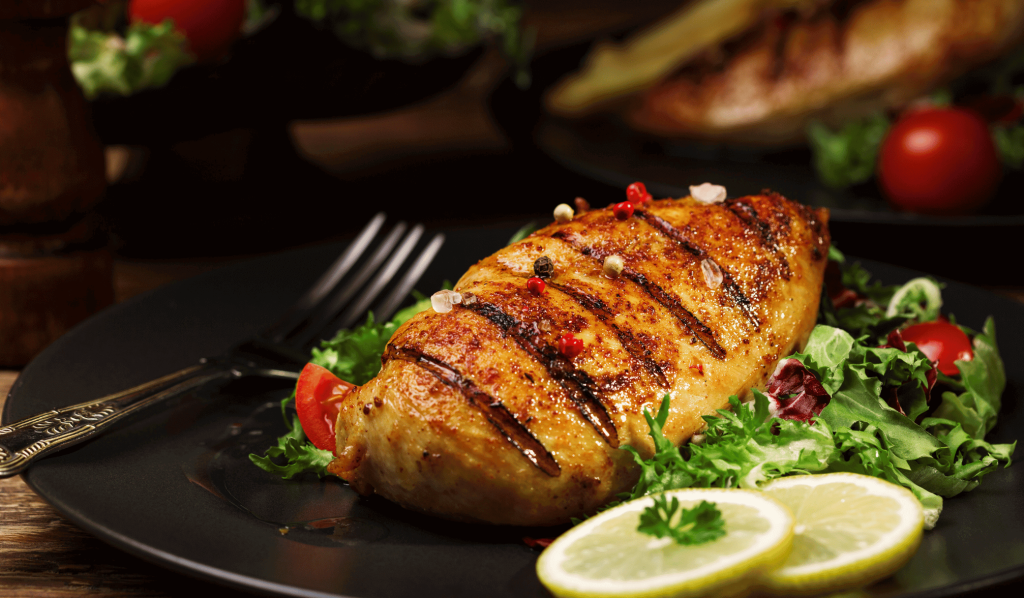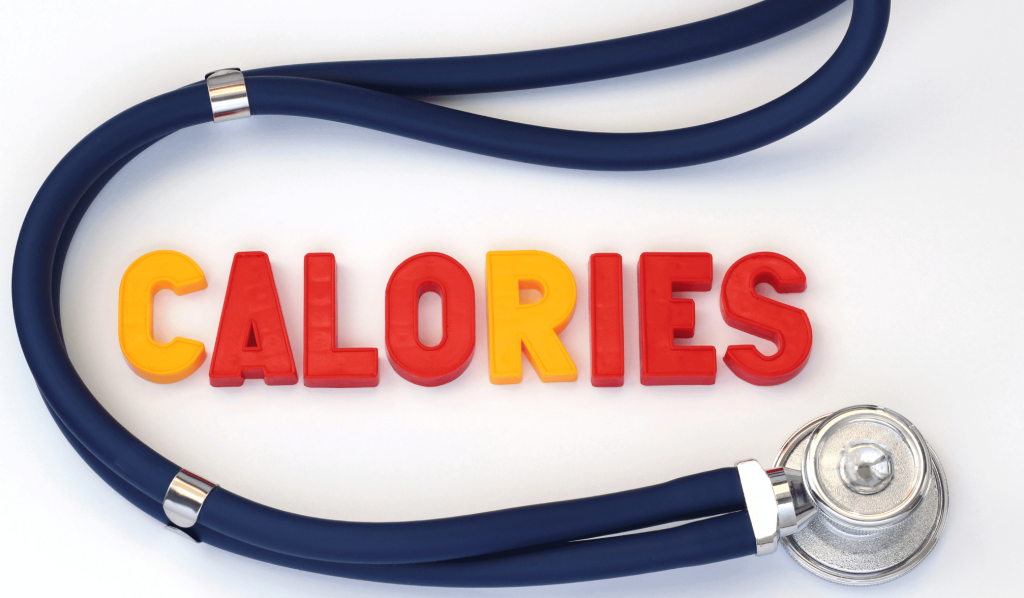Struggling to reach 175 grams of protein a day? It’s not just about piling on more chicken or chugging protein shakes. Achieving this target requires a strategic approach to your entire day’s meals and snacks.
In this guide, we’ll show you how to eat 175 grams of protein a day with a balanced, satisfying diet.
Ready to level up your nutrition game? Let’s get started.
Quick Reference: Optimal Meal Plan for 175g of Protein a Day
| Meal Time | Food Item | Protein Content (g) | Cumulative Protein (g) |
|---|---|---|---|
| Breakfast | 4-Egg Omelet | 24 | 24 |
| 7-oz Greek Yogurt | 20 | 44 | |
| Mid-Morning Snack | Protein Shake (1 scoop) | 27 | 69 |
| Lunch | 150g Sirloin Steak | 40.5 | 111.5 |
| Afternoon Snack | 1 cup Cottage Cheese | 28 | 139,5 |
| Dinner | 100g Chicken Breast | 30 | 169,5 |
| Evening Snack | 1 oz Cheese | 7 | 176.5 |
Strategies for a Protein-Packed Day
Starting the Day Right

Begin your day with a 4-egg omelet, which delivers approximately 24 grams of protein. It’s essential to note that a large egg typically contains about 6 grams of protein, so always check the size for accurate calculations.
Complement this with a 7-ounce (200-gram) serving of Greek yogurt, adding another 20 grams of protein to your morning intake.
Keep in mind that protein content can vary between brands, so it’s advisable to check the nutritional label.
This combination sets you up with a robust 44 grams of protein right at the start of your day, while also keeping you satiated and reducing the temptation for less nutritious snacks later on.
Lunchtime Powerhouses

For your mid-day meal, consider incorporating a 150g serving of sirloin steak as your primary protein source. This portion will provide you with approximately 40.5 grams of protein and 366 calories.
Alternatively, you might opt for a tuna salad, which is another excellent source of protein, offering nearly 30 grams in a single cup.
However, be cautious with tuna. While it’s rich in protein and Omega-3 fatty acids, it also contains high levels of mercury.
The FDA advises limiting tuna consumption to 2–3 ounces 2–3 times a week due to mercury concerns.
Dinner Delicacies

Dinner offers another opportunity to diversify your protein sources. For those who prefer poultry, consider incorporating a 100g serving of chicken breast into your meal. This portion provides around 30 grams of protein and 165 calories, with 80% of those calories coming from protein and 20% from fat.
If seafood is more to your liking, salmon is an excellent choice. A 6-ounce serving offers about 34 grams of protein and a healthy dose of Omega-3 fatty acids. However, it’s crucial to be mindful of how much salmon you consume.
Experts recommend limiting your intake to eight to 12 ounces per week for most adults due to the low but present levels of mercury.
Smart Snacking
When it comes to boosting your protein intake between meals, the right snacks can make all the difference. Protein shakes are a go-to option that’s both convenient and effective.
A single scoop of most protein powders will give you between 25 and 30 grams of protein.
Furthermore, cottage cheese is another snack that packs a protein punch. With 11 grams of protein in a 100g serving, it’s a highly efficient way to consume protein.
Additionally, cottage cheese is a nutritional powerhouse, offering a range of essential nutrients like B vitamins, calcium, and phosphorus.
Plant-Based Alternatives
For those who are vegetarian or simply looking to diversify their protein sources, there are robust plant-based options available.
Lentils are a prime example. One cup (198 grams) when cooked, offers nearly 18 grams of protein. This serving size also provides additional nutritional benefits, including around 230 calories, close to 40 grams of carbohydrates, and less than 1 gram of fat.
Tofu and chickpeas are other noteworthy plant-based protein sources. A 100g serving of tofu contains around 8 grams of protein, while the same amount of chickpeas offers nearly 19 grams.
Beyond their protein content, these options are also rich in fiber and other essential nutrients, making them valuable additions to any diet.
Supplementing Wisely

Supplements can serve as a valuable aid in reaching your daily protein target, particularly on days when preparing balanced meals is challenging. However, it’s essential to use them judiciously.
While we’ve discussed protein shakes as a quick and effective way to boost your protein intake, it’s worth noting that supplements should not replace whole foods. Whole foods offer a variety of nutrients that supplements alone can’t provide.
If you find yourself relying heavily on protein shakes, consider incorporating other quick but whole-food options like pre-cooked chicken strips or canned fish to ensure you’re also getting other essential nutrients
Calorie Considerations

While focusing on protein, it’s easy to overlook the caloric intake. Balancing your protein goals within an 1800-calorie diet, for example, requires careful planning.
Make sure to account for the calories in your protein sources when planning your meals. This will help you achieve your protein goals without exceeding your calorie limit.
Additional Protein-Rich Foods for Variety
To keep your diet both interesting and nutritionally balanced, consider incorporating these additional high-protein foods that haven’t been covered in the previous sections:
- Almonds: Contain around 6 grams of protein per ounce and are also rich in vitamin E and healthy fats.
- Dairy Milk: Offers about 8 grams of protein per cup (249g), along with calcium and vitamin D.
- Turkey Breast: Provides approximately 24 grams of protein per 3-ounce serving and is also low in fat and calories.
- Shellfish: Various types like shrimp and crab can offer up to 20 grams of protein per 3-ounce serving (85g), along with essential minerals like zinc and iodine.
- Peanut Butter: Contains about 7 grams of protein per 2 tablespoons. It’s a versatile option that can be added to smoothies or spread on whole-grain toast.
- Pasta: Not just a carb source, 1 cup of cooked pasta can provide around 8 grams of protein. Opt for whole-grain versions for added fiber.
- Quinoa: A cup of cooked quinoa offers around 8 grams of protein and is also rich in other nutrients like fiber and magnesium.
These options not only add variety to your protein sources but also come with their own sets of nutrients, making them worthy additions to your diet.
Conclusion
You’re now armed with the knowledge and strategies to hit that 175-gram protein goal like a pro. It’s not just about numbers; it’s about nourishing your body in the most effective way possible.
Got any go-to protein-packed recipes or tips you’d like to share? Feel free to drop a comment below.

